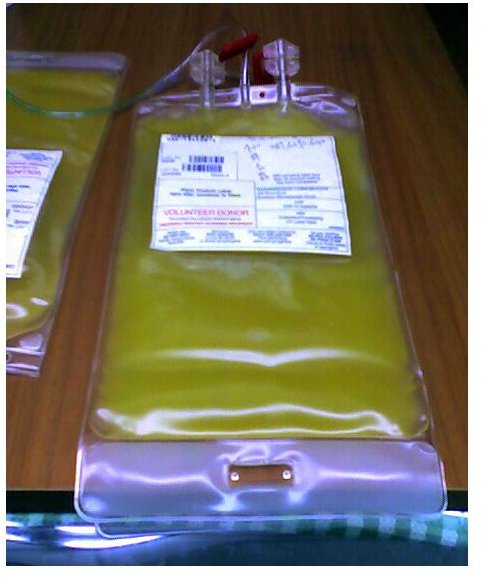What Does a Low Platelet Count Mean On Blood Test Results?
Platelets are a major component of our blood. They allow the body to form a blood clot, called coagulation, when a person is injured. When you receive a cut or other injury, the body starts to release collagen into the blood stream. Platelets recognize the collagen and begin to coagulate the blood, creating a clot.
What does a low platelet count mean on blood test results? It might be able to determine if you are is sick or susceptible to a variety of diseases.
What is a Platelet Count?
A platelet count is a test that is ordered in combination with a complete blood count, or CBC. A doctor may order this test when a patient has unexplained bruises or bleeds for long periods of time after they have been cut.
An adult’s normal platelet count ranges from 150,000 to 450,000 per microliter of blood. Levels that fall below 20,000 per microliter can be life-threatening because without platelets to help coagulate the blood, the person is at risk for spontaneous bleeding. Platelet levels in between 20,000 and 150,000 per microliter can mean that something else is going on in the patient’s body.
Platelet Blood Bag
Image Credit
Low Platelet Counts
Once the results of a platelet count are in, a doctor can determine what is wrong with the patient or what disease they may or may not be at risk of. So, what does a low platelet count mean on blood test results?
Bone marrow disease, leukemia or other types of cancer in the bone marrow can cause the blood platelet count to be low. Patients that have these types of cancer are at risk of excessive bleeding. Once the cancer cells starts to grow in the bone marrow, little room is left for normal bone marrow cells. This causes there to be fewer platelet-producing cells.
Patients with chronic bleeding, stomach ulcers or other long-term bleeding problems have a decreased amount of platelet cells. When a patient bleeds often or for long periods of time, the supply of platelets is reduced.
Lupus and idiopathic thrombocytopenia purpura (ITP) are autoimmune disorders where the patient’s immune system creates antibodies that attack their own organs. Once the antibodies attack the patient’s organs, platelets are destroyed.
Other conditions that can cause the platelet levels to decrease are condition specific therapies and drugs. Chemotherapy and radiation therapy destroy a patient’s platelet cells. Acetaminophen, quinidine, sulfa drugs, digoxin, vancomycin, valium, and nitroglycerine are a few drugs that have been shown to decrease platelet counts in tests. Because this occurs, patients are usually asked to refrain from taking these types of drugs before any type of surgery or procedure.
References
Wise Geek: What is a Platelet? - https://www.wisegeek.com/what-are-platelets.htm
Lab Tests Online: What is a Platelet Count? -https://www.labtestsonline.org/understanding/analytes/platelet/test.html
